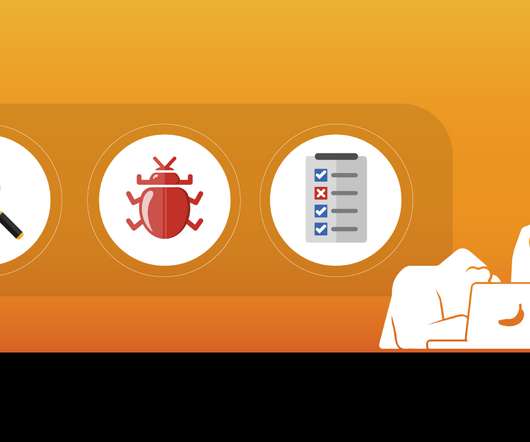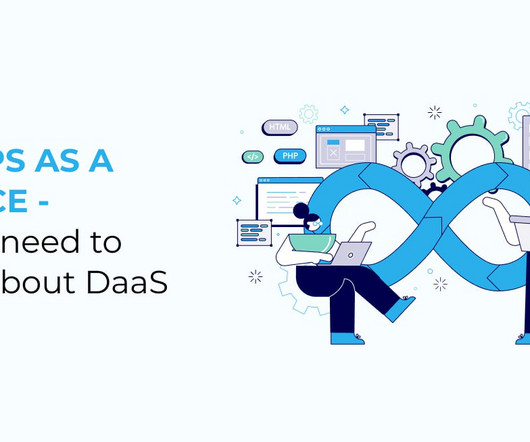Quality Assurance (QA) Testing & the Business Impacts of Software Quality
Gorilla Logic
APRIL 20, 2022
By using a combination of skills, practices, and tools, the QA function (made up of one or more QA practitioners) supports the software development lifecycle (SDLC) from start to finish. System tests. Test a system against specified requirements. Verify that the system satisfies the business requirements and goals.

















Let's personalize your content